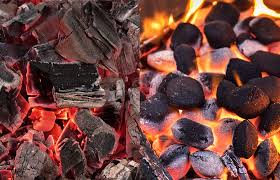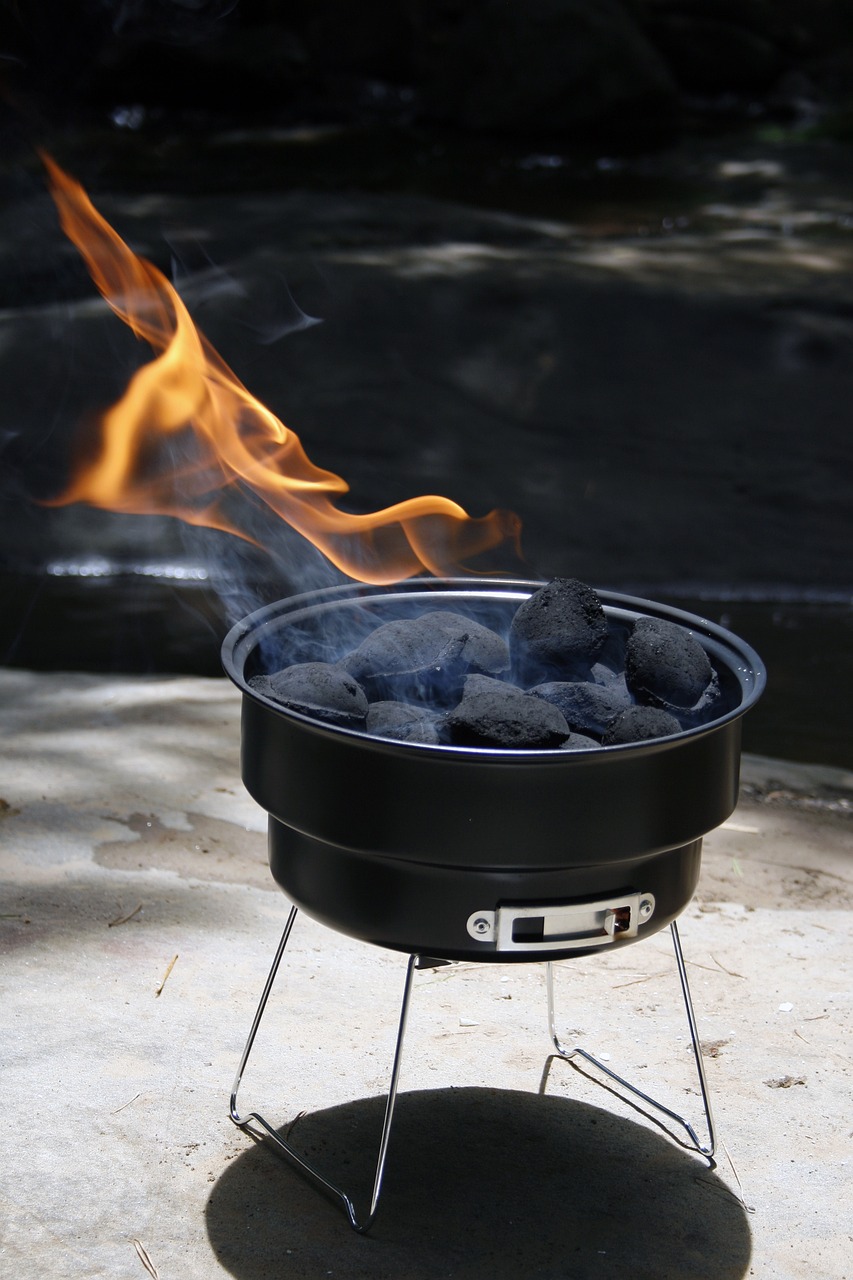For ages, charcoal has been the fuel of choice for grilling purists seeking that authentic smoky flavor. In recent years, however, charcoal briquettes have surged in popularity as a viable alternative for backyard barbecue. They promise consistency in heat, burn times, and pricing.
So when it comes to charcoal vs briquettes, which makes the best fuel for BBQ? We will compare the two options across some key considerations:
– Cost and longevity
– Heat output and control
– Flavor imparted
By weighing the pros and cons, you can determine the right fuel type that suits your grilling style.
Cost Comparison
When evaluating the cost between charcoal and briquettes, there are a few factors at play. The type of charcoal or briquette as well as the brand can impact price per pound or bag. Generally speaking, briquettes tend to cost slightly less than all-natural lump charcoal.
Briquettes burn efficiently and consistently, maximizing the burn time per pound compared to irregularly sized charcoal chunks. Lump charcoal can burn through quickly if not carefully arranged. Those looking to save money may fare better with briquettes extended burn capabilities.
However, the higher heat output of natural charcoal allows for searing and cooking foods faster. You ultimately may use less per cookout, negating any price differences. It comes down to mastering heat control with your specific fuel.
When it comes to longevity, properly storing unused charcoal or briquettes can preserve them for multiple uses. Keep them in a sealed container safe from moisture and other contaminating elements. This prevents absorption of smells or ignition problems that shorten their lifespan.
Heat Output and Regulation

Charcoal offers superior heat output potential thanks to its wood composition and irregular chunk shapes that allow ample oxygen circulation. With proper ventilation controls on the grill, mounds of gray-ashed charcoal can pump out 900+ degrees Fahrenheit temperatures. This makes it easy to sear meats for caramelization and nicely charred exteriors while retaining juiciness.
Briquettes emit lower heat overall, maxing out around 750 degrees. But they burn with unparalleled consistency thanks to binders that hold their uniform block shape. These compressed composites of sawdust and starch produce an even, steady heat with reliably timed burn rates.
This makes briquettes excel for “low and slow” style barbecue where temperature regulation in a narrow range is key for broken down connective tissue in ribs, brisket, and other tough cuts needing tenderization. Their predictable qualities simplify heat control.
For direct high-heat grilling at hotter temperatures though, all-natural lump charcoal offers the best searing capabilities crucial for steaks and chops.
Imparting Flavor
When it comes to infusing food with that smoky essence, charcoal has a leg up due to its wood composition. Rare tropical hardwood varieties like mesquite, hickory, and applewood impart extra aroma and depth. Briquettes tend to have filler starches and sawdust dilutes their smoke intensity.
That said, the burning consistency of quality briquettes releases reliable flavor without bitter soot overtones. Charcoal can grow bitter when combustion is incomplete, releasing volatile compounds. You’ll need to keep a close watch on adjusting air intakes.
For authentic smokey barbecue sharpness, all-natural lump charcoal made from wood delivers. But briquettes offer another level of control in sustaining the ideal low-temperature smoke penetration over longer cooks.
Summary
For owners able to invest extra attention into airflow and heat regulation, all-natural lump charcoal delivers superior smoke flavor and searing heat. It does mean more effort in arranging the lumps and adjusting intakes for steady warmth without nipping bitterness.
Those wanting convenient, consistent temperature control can count on briquettes emitting steady low-to-moderate heat with built-in buffers against burning up too quickly or over-charring. The tradeoff is a slightly more muted smoky essence since sawdust and fillers cut pure wood content.
The fuel choice often comes down to the style of barbecue – hot and fast, or low and slow. Once you determine the ideal heat characteristics and flavor profile for your favorite recipes, you can best decide between briquettes and charcoal for your needs. And both make monumental improvements over plain gas grilling! For more information make sure to follow TopGrillsBBQ
Happy Grilling!








